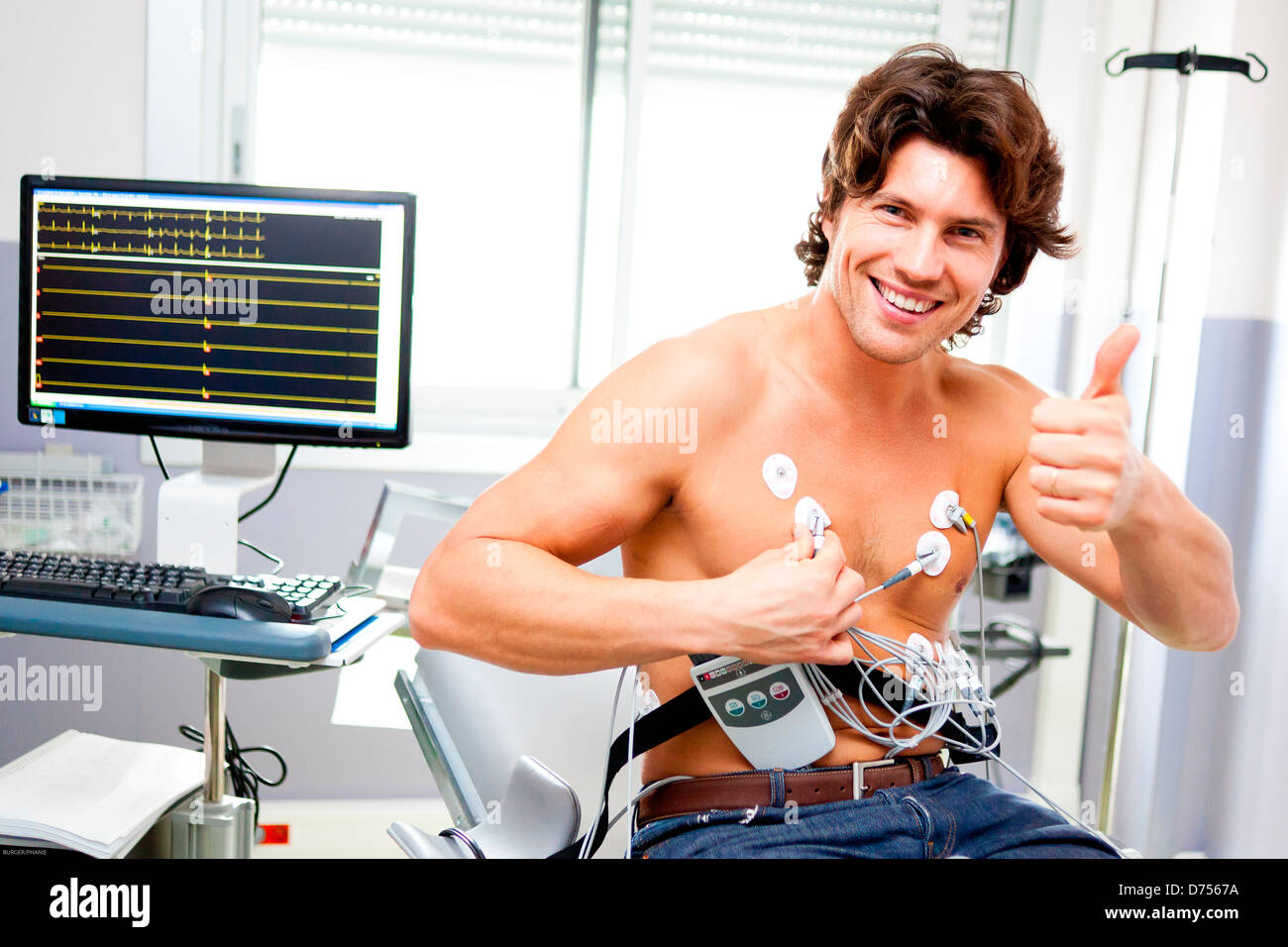

The above information is an educational aid only. You always have the right to refuse treatment. Discuss treatment options with your healthcare providers to decide what care you want to receive. Learn about your health condition and how it may be treated. You have the right to help plan your care. You have questions or concerns about your condition or care.You have a headache, dizziness, or feel like you are going to faint.The sticky pads or electrodes come off your chest.He or she will contact you with the results. Your provider will process the information from the monitor and the notes from your log. Return the Holter monitor to your provider as directed.These devices may interfere with the monitor. Stay away from metal detectors or large magnets, such as an MRI machine. Do not get an x-ray while you are wearing the monitor.Do not shower, take a bath, or swim while wearing the device. The monitor may stop working if it gets wet.

The monitor cannot record your heart rhythm without the sticky pads and electrodes in place. Your sticky pads may fall off if they get wet. Shortness of breath or trouble breathing.Irregular heartbeats, such as a fluttery feeling in your chest.The following are some examples of symptoms to write down in the log: The log may help him or her learn what is causing your abnormal heart activity. Take this log with you when you see your healthcare provider. List when you take any medicines or drink any alcohol. Write down the time and what you were doing when the symptoms started. Keep a log of your symptoms while you wear the monitor.What else do I need to know about wearing the Holter monitor? Wear loose-fitting clothes with your monitor so you can move freely. The monitor will be put in a pouch for you to carry. The monitor will be turned on and will record electrical signals continuously. The electrodes will be plugged into the monitor.Tell your healthcare provider if you are allergic to any type of adhesive or tape.
#Wearing a heart monitor skin
You may have some skin irritation or a rash where the electrodes are placed. Your healthcare provider may tape the electrodes to your skin to keep them in place.




 0 kommentar(er)
0 kommentar(er)
